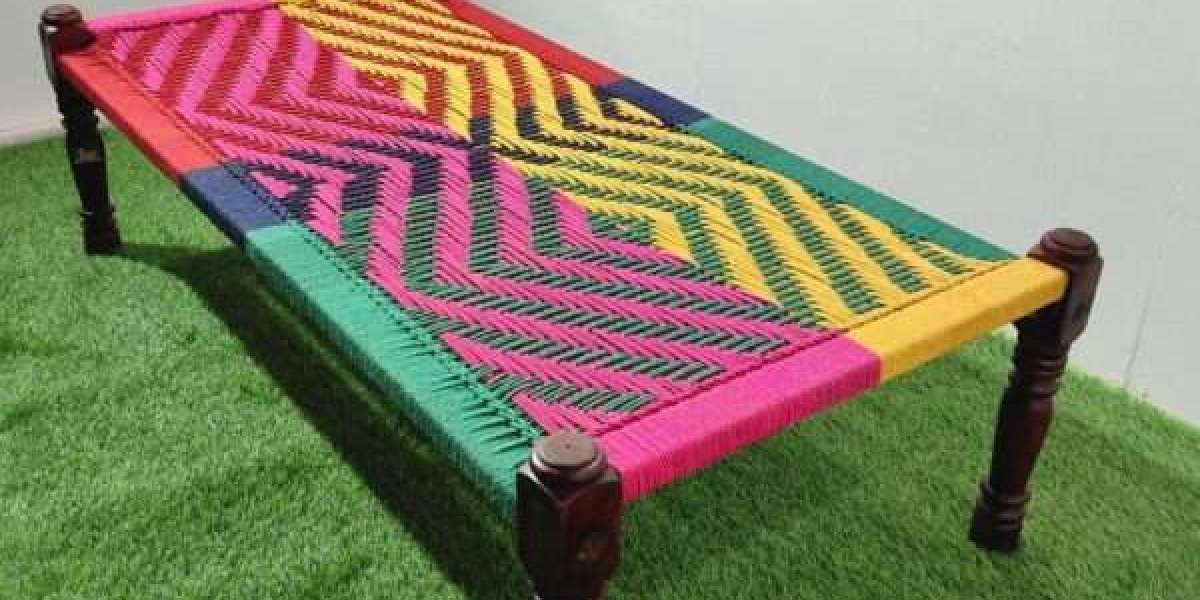A charpai khatiya or a traditional Indian cot, holds a unique cultural significance in many parts of South Asia. Its simplicity, durability, and versatility have made it a staple in households across the region for centuries. From rural villages to urban dwellings, the charpai remains a symbol of comfort and tradition.
Constructed primarily from wood or bamboo, the charpai consists of a simple frame with interwoven ropes or cords forming the sleeping surface. This design allows for ventilation, making it ideal for hot climates. The ropes are often made from natural fibers such as cotton or jute, adding to the charpai's eco-friendly appeal.
One of the defining features of the charpai is its portability. Its lightweight construction makes it easy to move around, whether for indoor use or outdoor gatherings. In rural areas, it's not uncommon to see charpais being carried to fields for daytime rest or to verandas for evening relaxation. Its versatility extends beyond its primary function as a bed; it can also serve as makeshift seating for guests or as a surface for various household tasks.
Beyond its practicality, the charpai holds cultural significance as a symbol of hospitality and community. In many rural areas, offering a charpai to guests is a sign of warmth and welcome. It fosters a sense of camaraderie as people gather around it to share stories, meals, or simply to unwind after a long day. It's not just a piece of furniture; it's a focal point for social interaction and bonding.
Despite the availability of modern furniture options, the charpai continues to endure, cherished for its simplicity, durability, and cultural heritage. Its timeless design and eco-friendly materials also resonate with contemporary values of sustainability and minimalism. As a result, charpais are not only found in traditional homes but are also increasingly sought after as unique and stylish pieces in modern interiors.









